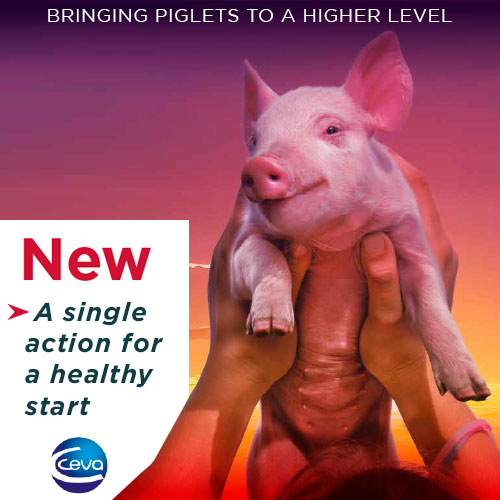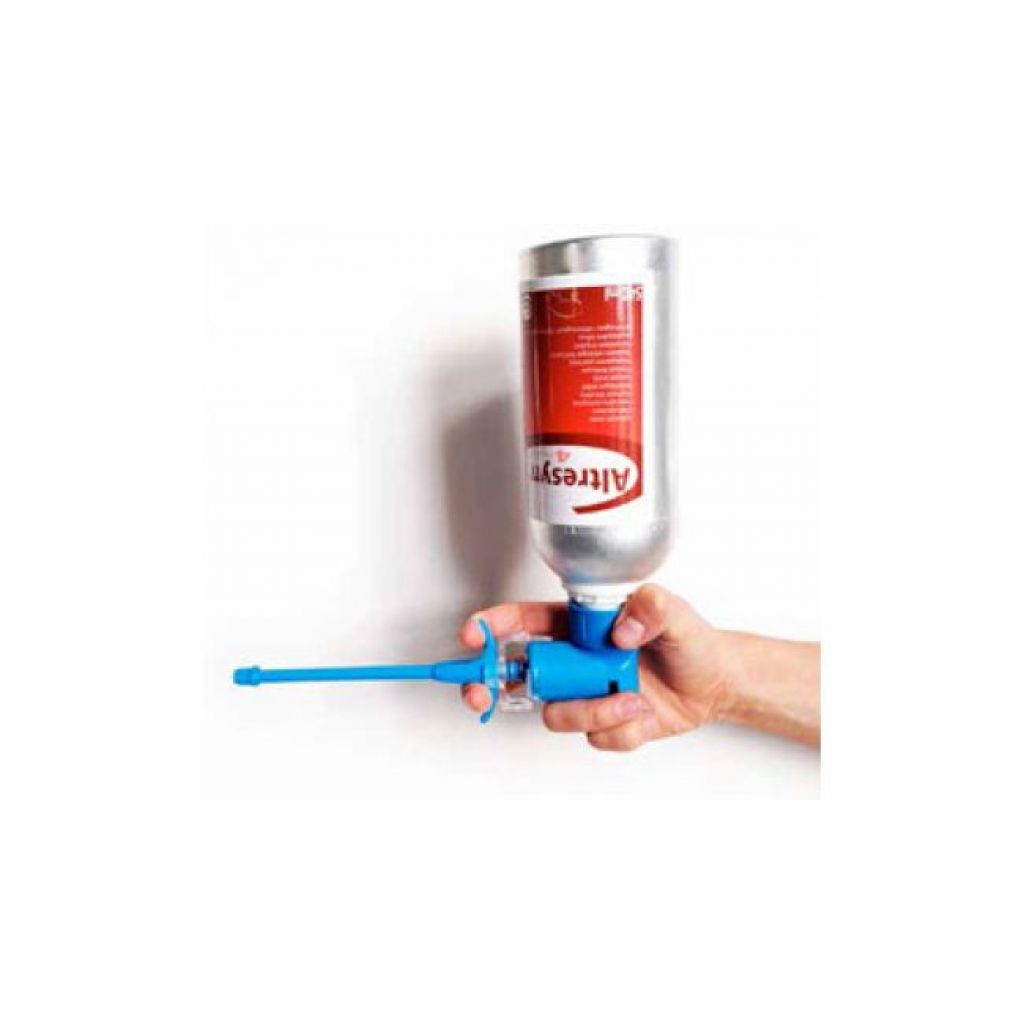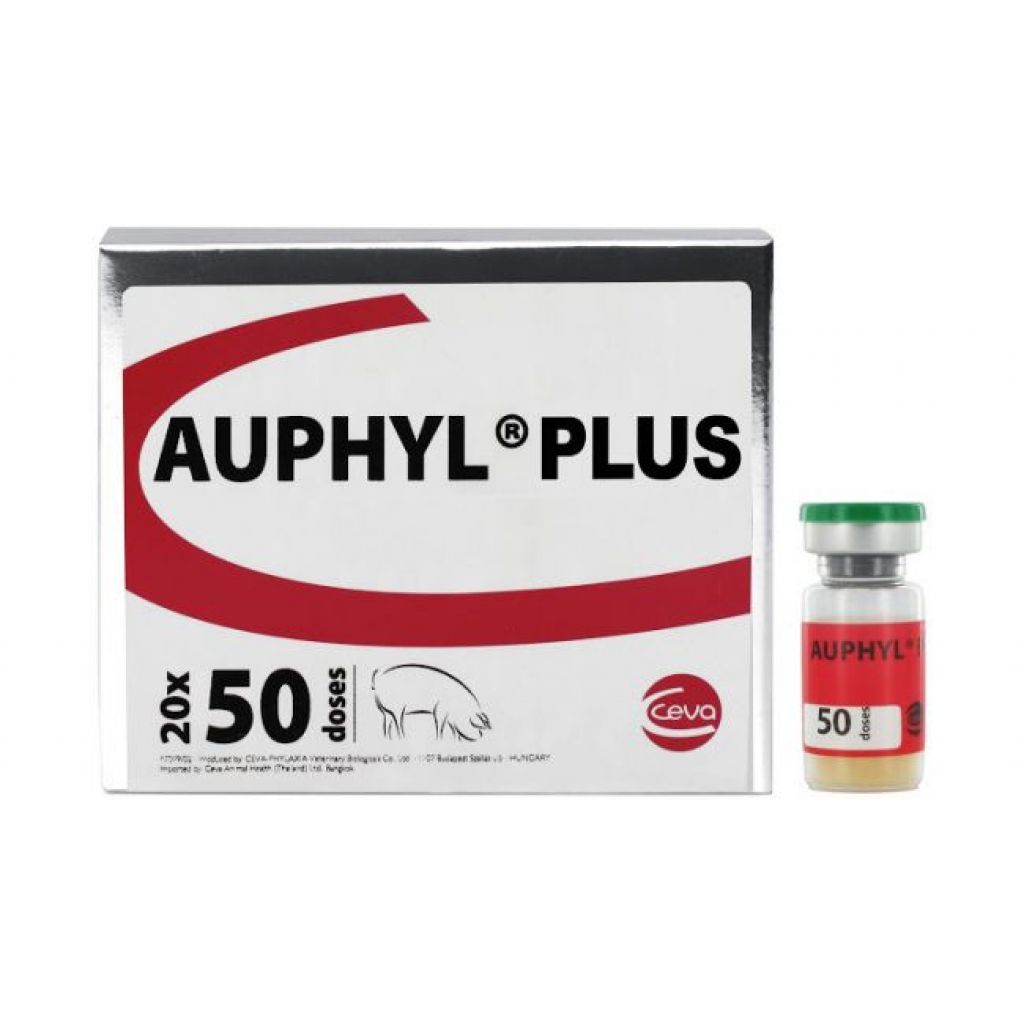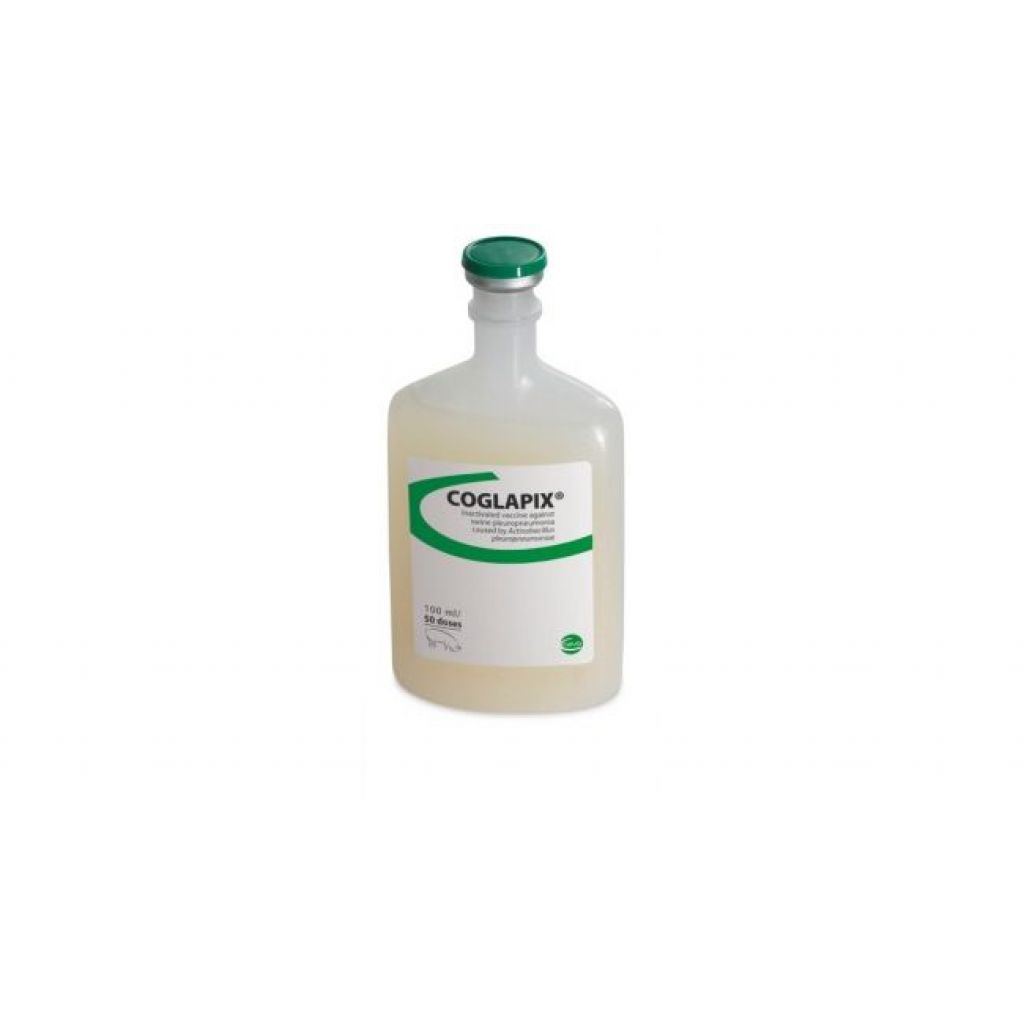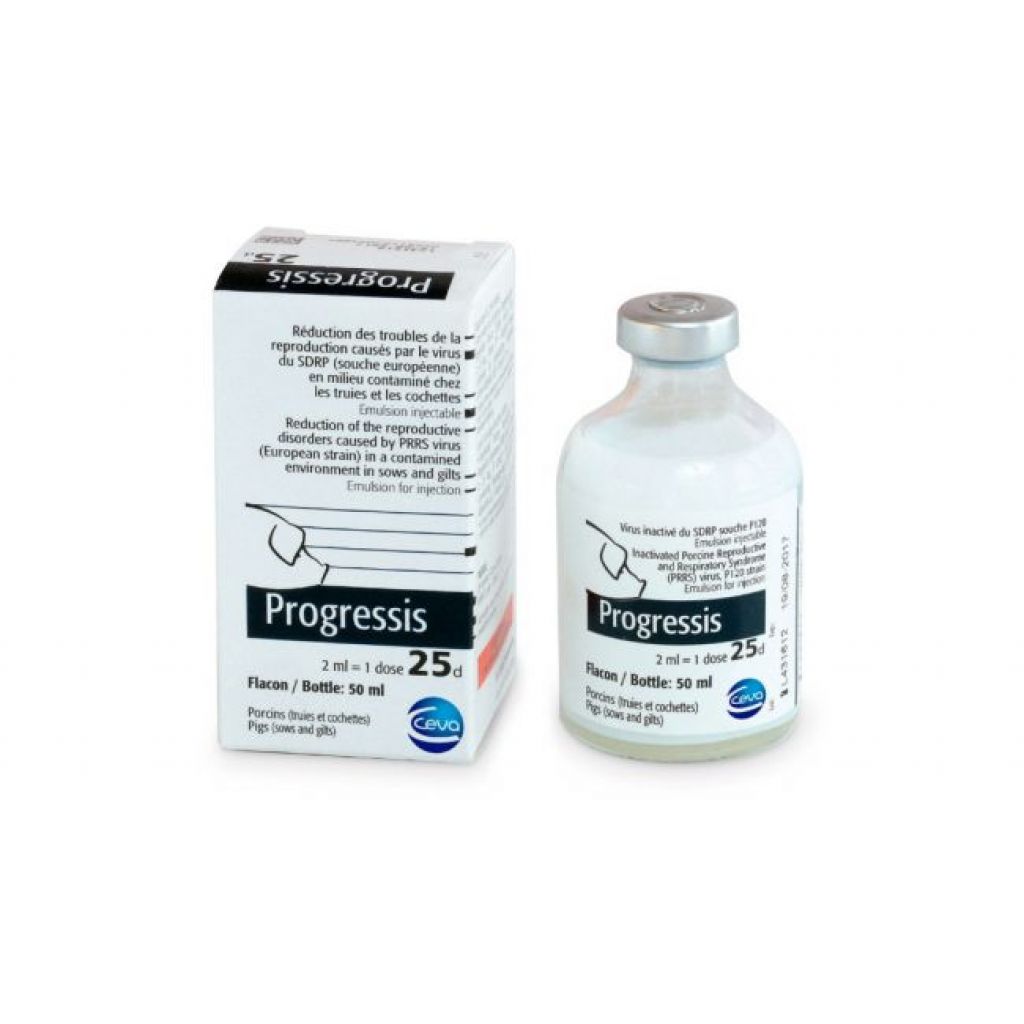How to Reduce Piglet Mortality in the Farrowing Unit (2/2)
Increase biosecurity
Having a clear biosecurity policy on the farm will allow you to quickly detect potential threats. In general, biosecurity will decrease piglet mortality by reducing the overall circulating pathogens. Agalactia will also decrease in sows, which will also positively impact piglet survival.
The best advice when it comes to biosecurity is to keep it simple, keep it visible, and keep personnel in the know.
- Keep it simple: if personnel need to go out of their way to comply with biosecurity, they will find loopholes in the system and create vulnerabilities. For example, if changes of clothes are kept under lock, workers will move between areas without changing.
- Keep it visible: clean areas should be clearly marked and personnel should be able to know it at a glance. For example, having colour-coded clothing for each area with matching walls is an effective way to detect when someone or something is in the wrong place.
- Keep personnel in the know: a masterfully written biosecurity protocol that stays in the office drawer is useless. Workers, especially those in the farrowing unit, should be aware of biosecurity policies. To keep them motivated, recruit a biosecurity champion from within their ranks.
Batch farrowing
Batch farrowing, a technique that became popular in the ‘70s, has made a comeback. Essentially, it consists in synchronising groups (or batches) of gilts and sows so that they farrow close to each other. The next batch is synchronised for several weeks after and so on.
The key behind batch farrowing is that it allows smaller farms to have an all-in/all-out approach. Batch farrowing benefits workers in many ways. They can focus on the farrowing area during the intensive farrowing periods, with weeks where the workload is lower, allowing for more routine variation, vacation planning, and a more satisfying work experience. The benefits of batch farrowing for biosecurity are immense because the farrowing pens can be thoroughly cleaned and disinfected between batches. There are additional cost benefits down the production line, especially in transport. Litter equalisation is also easier with batch farrowing and there is less of a temptation to mix groups.
The main pitfall of batch farrowing is when there are bottlenecks in the grower and finisher areas. Curious as it sounds, overfarrowing can be a serious problem in modern pig farming!
Batch farrowing decreases piglet mortality because of its biosecurity benefits, a more motivated and focused workforce, and the ease of litter equalisation.
Click here to acces to batch management simulator in 333
Iron supplementation
As we have mentioned previously, modern piglets have a very fast growth rate. This means that they run out of their iron reserves quickly and can become anaemic. These piglets will have lower energy, suckle less frequently, and risk being crushed by their dam.
Usually, iron supplementation was given after day 3, for fears of injection injuries. Fortunately, pig farmers can count on top-quality products, which allow them to safely and effectively supplement iron to their piglets from day 1.
Stockmanship and farrowing unit management
Even as technology advances and all sorts of contrivances appear on the market to reduce piglet mortality, farmers and their workers remain a vital element to successful pig production.
Stockmanship is crucial well before farrowing. Handling sows is no easy task and it takes experience to do it safely and without stressing the animals. Good handling in the farrowing area starts when the sows are moved to the farrowing unit.
During farrowing, good workers know when to assist a sow, keep oxytocin use to a minimum, and take the initiative to promote colostrum intake; they dutifully dry newly born piglets and feel they have a personal stake in the success of their litters. Record keeping and good communication skills are also important. Workers with a keen eye are the first to notice when something is wrong.
After farrowing, there are many tasks to accomplish: teeth clipping, tail docking, iron supplementation, coccidiosis prophylaxis, and, depending on local legislation, even castration. Carelessness while performing these tasks increases piglet mortality. Even something so simple as giving an injection can result in a dead piglet when done incorrectly. For this reason, all farrowing area personnel should receive training and continuous education.
Click here to discover CEVA products!
Contact:
Contact us using the following form.


